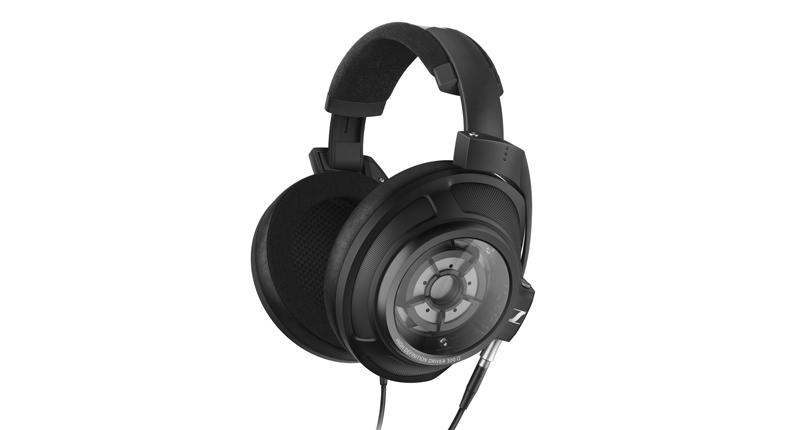What Hi-Fi? Verdict
The HD820 are pricey, but they are the most capable pair of closed-back headphones we’ve tested
Pros
- +
Robust, full-bodied and detailed sound
- +
Powerful, agile bass
- +
Solidly made
- +
Cleverly engineered
Cons
- -
Huge price jump from the £1400 800S
- -
Closed back design still limits absolute performance
Why you can trust What Hi-Fi?
Judged solely on sound quality, a comparison between open-backed and closed headphones would be about as one-sided as The Terminator versus just about everyone else.
Closed models may be better at blocking noise – both getting in and going out – but they tend to compromise on performance as a result. Why? A drive unit fires as much sound backward as it does forward. In an open arrangement this rearward radiation simply escapes out into the world, causing little sonic damage to sound travelling towards the listener’s ear.
In a closed pair of headphones the story is different. This rearward sound is trapped in an enclosure and its energy causes resonances. It can even bounce back through the drive unit and distort the forward-firing sound wave.
Over the years, manufacturers have tried different techniques to absorb the rearward sound, from heavy internal damping inside the ear cups to using exotic enclosure materials to manage the unwanted mechanical energy.
These techniques have worked to varying degrees. Sennheiser’s solution is Gorilla glass – something more usually found on premium smartphones.
Comfort and build
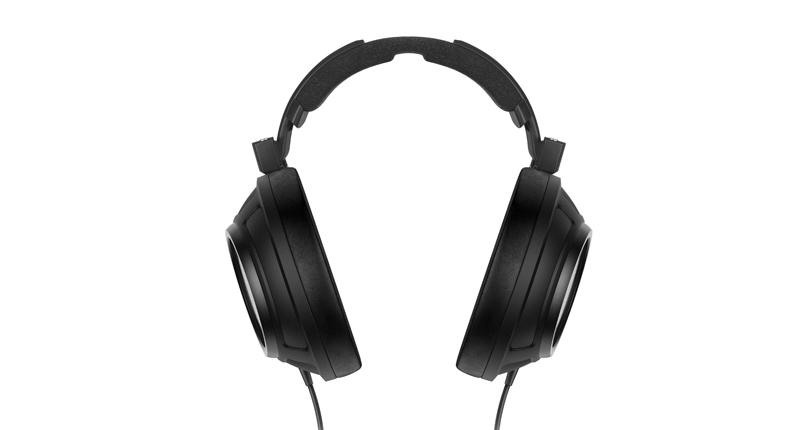
Take a look at the HD 820’s earcups and you’ll find a concave piece of Gorilla glass covering the rather elegant-looking drive unit. That driver is effectively the same as used on the open-backed, and rather excellent, HD800Ses.
The sound coming out of the back of the unit reflects off the curved glass and is directed towards sound-absorbing chambers, so avoiding the downsides of a closed design (in theory at least).
The rest of the headphones are typically Sennheiser. They’re classy and well made, built sturdily enough to last for years. The materials used, from the plastics on the earcup to the metal on the headband and microfiber earpad, feel durable.
These Sennheisers are pretty big, but at 360g aren’t particularly heavy. Long-term comfort is good too, thanks to the carefully-shaped ear cups, the nicely judged clamping pressure that’s light but never loose and the fact the HD 820s never over-heat our ears.
MORE: Sennheiser HD800S review
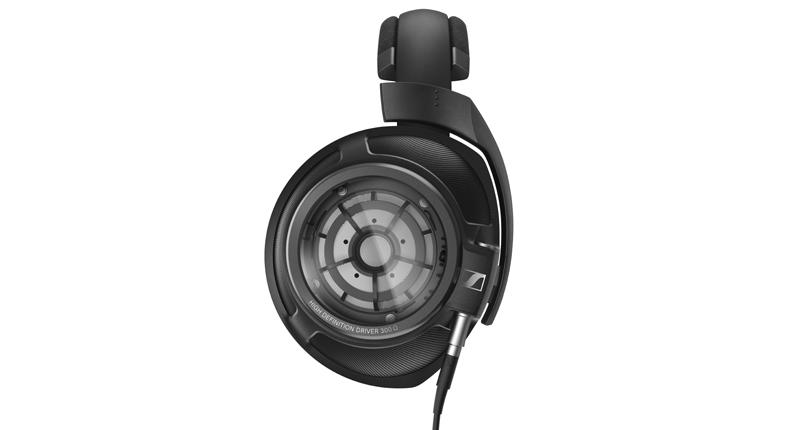
These headphones are supplied with a choice of three cables. All are three metres long, which is as good an indication as any (if the price and size aren't enough of a clue) the HD 820s are intended for home use.
There are two balanced options – one with an XLR4 connection on the amp end and the other using the newer 4.4mm Pentaconn standard. The third lead has a conventional 6.3mm jack.
Headphones of this price positively demand a high quality source and amplification. To hear the Sennheisers at their best, we recommend something better than your smartphone.
We use a MacBook loaded with Pure music media software and connect it to a Chord Hugo 2 DAC.
We also have a go with Sennheiser's HDV 820 headphone amp/DAC, which is the natural partner to these headphones - and also gives us a chance to play with both of the balanced connection options.
MORE: Sennheiser HDV 820 review
Sound
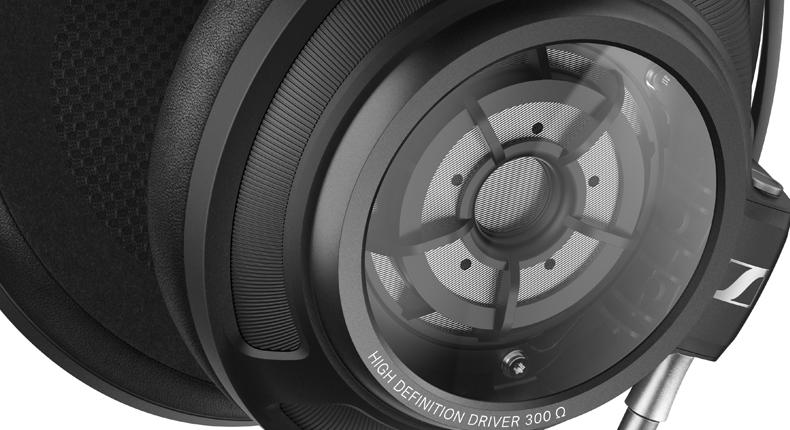
We prefer either of the balanced connections over the standard 6.3mm alternative using the in-house headphone amp/DAC. The balanced feed gives the HD 820s a bolder, more crisply defined presentation.
But if your DAC doesn’t have such an output it’s no deal-breaker, as our overall preference remains for the Chord Hugo 2.
Once up and running, these are easy headphones to appreciate. The HD 820s, like all the best recent models from Sennheiser, stick closely to the company’s trademark sonic signature.
Once given a little time to warm up, you’re greeted with a smooth, full-bodied tonal balance that trades the last ounce of transparency and sonic agility for the kind of sound that’s easy to listen to for hours on end despite the quality of the recording.
MORE: Best headphone deals - in-ear, over-ear, wireless
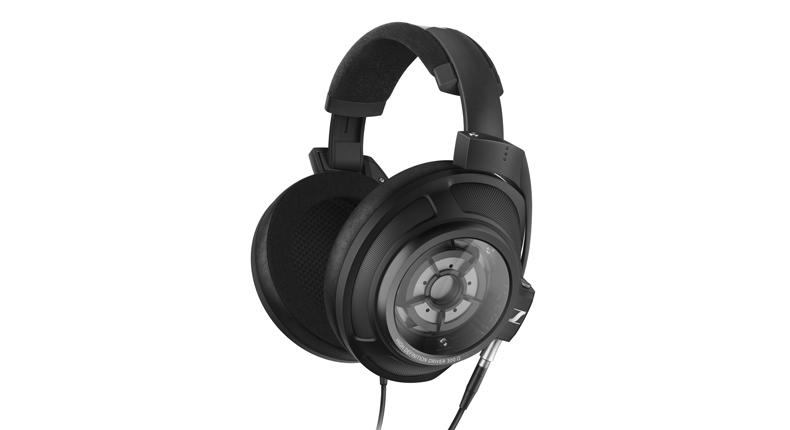
That’s not to say the HD 820s will make everything sound great.
By most standards, these headphones have great resolving power and are certainly good enough to tell you when the system or recording aren’t great. But what they won’t do is underline that fact. They let the good shine through, and try and wring as much enjoyment from the recording as possible.
We listen to Paradise Circus by Massive Attack and the advantage of closed-back headphones is immediately obvious – these Sennheisers deliver low frequencies with terrific authority. The song’s complex bassline is rendered with considerable punch and power. There’s agility too, and the ability to track shifts in intensity with precision.
Further up the frequency range, we’re treated to crisp and articulate vocals brimming with expression, and highs that balance bite and refinement well. There’s no shortage of organisation either, with the headphones keeping track of the recording’s multitude of instrumental strands without losing composure.
MORE: How to avoid buying fake headphones
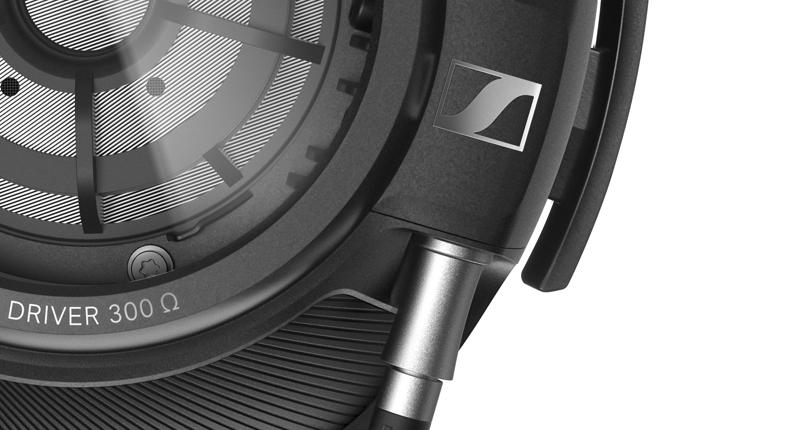
Rhythmically, things are surefooted rather than enthusiastic.
While the likes of Beyerdynamic’s T1 (a semi-open design) track the changing momentum of the music with greater enthusiasm, the HD 820s don’t dilute the experience too much. Regardless, we can’t think of a closed-back alternative that does any better.
Playing Holst’s The Planets shows off the Sennheisers’ impressive sense of scale and dynamic punch. The headphones deliver a cohesive and dramatic sound that has us hooked. Jupiter comes through with passion intact, while Mars is delivered with all the verve and determination we would expect.
These headphones deliver music with a physicality most alternatives barely hint at, and this makes them all the more enjoyable. Dynamics shifts – both large- and small-scale are rendered with skill. The Sennheisers always sound controlled and organised.
MORE: Best headphones
Verdict
If you must have closed-back headphones and can stretch to the HD 820s,s you won’t be disappointed. They’re comfortable and obviously engineered to last.
Most of all they’re hugely talented and rarely sound less than entertaining, almost regardless of source material. Highly recommended.
Scores
- Sound 5
- Build 5
- Comfort 5
Also consider
MORE:
What Hi-Fi?, founded in 1976, is the world's leading independent guide to buying and owning hi-fi and home entertainment products. Our comprehensive tests help you buy the very best for your money, with our advice sections giving you step-by-step information on how to get even more from your music and movies. Everything is tested by our dedicated team of in-house reviewers in our custom-built test rooms in London, Reading and Bath. Our coveted five-star rating and Awards are recognised all over the world as the ultimate seal of approval, so you can buy with absolute confidence.
